Project Description
2013 COLORADO FLOOD RECOVERY
Three Years of
Progress
2013 Historic Flood Event
After the rain began to fall on September 11, 2013, the sheer scope of Colorado’s worst natural disaster was staggering. In the span of 3 days, unprecedented levels of rain fell on 24 counties and sent high-velocity floodwater coursing through narrow mountain canyons and onto the plains below. More than 18,000 people were forced to evacuate their communities, many by Chinook helicopters flown by the Colorado National Guard. The immediate, coordinated hands-on action from emergency responders, military personnel and numerous agencies was tremendous and heroic. The floodwaters ripped apart homes, lives and communities. The President declared a major disaster making Federal Emergency Management Agency Public Assistance and Individual Assistance available to support response and recovery.
In September 2013, the Colorado Front Range experienced a large flood that:
- Took 10 lives;
- Impacted 28,000 households;
- Destroyed 1,800 homes;
- Inflicted $3.9 billion in damage to homes, businesses, infrastructure and watersheds;
- Carved new river channels; and
- Changed thousands of lives forever.
The 2013 floods washed away federal, state and local roads as well as private infrastructure throughout the flood impacted areas:
- $480 million estimated damage to public transportation infrastructure
- $153 million estimated local costs
- 486 miles of state highway closed
- 200+ bridges and culverts damaged
- 140,000 cubic yards of debris removed
As floodwaters continued east downstream and converged on the South Platte River, many areas on the eastern plains suffered widespread flooding as well.
2013: Restoring Connectivity
An initial high priority was to restore functionality of the roads to reconnect communities. Many people lost access to the outside world as a result of the flood. During and immediately following the rainstorm event, CDOT engaged in a massive flood response effort to protect the traveling public, and rebuild damaged roadways and bridges to get critical travel corridors open again in an unprecedented 90 days. Although temporary, this was a critical milestone in the recovery process.
Efforts undertaken for temporary repairs resulted in the successful opening of all the impacted roadways by November 26th, 2013. There are 60 Flood Recovery Permanent Repair Projects:
The Watershed Approach
Shortly after the floods, the State of Colorado set aside funding to support local efforts to develop watershed master plans. With support from the State, 11 master plans were developed with the understanding that watershed recovery and resilience requires a holistic approach from the top of the watershed to the bottom, and also requires the engagement and participation of a broad range of watershed stakeholders, including local and state government, non-profits, businesses and landowners. The master planning process provided a collaborative approach to identify and prioritize needs, to develop projects and to guide the implementation. The master planning process also catalyzed the formation of watershed coalitions which are now actively guiding restoration and resiliency efforts within the flood impacted watersheds.
The State of Colorado created a first-of-its-kind watershed restoration program utilizing funding from U.S. Department of Housing and Urban Development (HUD). Through Community Development Block Grant – Disaster Recovery funds, the Watershed Resilience Pilot Program provides grants to watershed coalitions for staff support and resilient river restoration projects. These grant funds build coalition capacity, bringing together the diverse range of stakeholders required to restore disaster-impacted watersheds. River restoration projects in this program not only restore natural systems, but achieve multiple benefits, such as increasing community connectivity by tying into trail systems, promoting safety by protecting infrastructure, enhancing local economy by incorporating recreational opportunities and building resiliency for communities and ecosystems.
2014: Building Resiliency
In 2014 the State and partners laid the foundation of building resiliency in Colorado, including developing the Colorado Resiliency Framework, the Colorado Resiliency Working Group, implementing a post-flood hydrology update, and launching a watershed resilience pilot program.
In June of 2014, the Colorado Recovery Office convened stakeholders from federal, state, local, non-profit and private sector partners for a Resiliency and Sustainability Summit. The summit brought together a broad range of experts to assess Colorado’s efforts to integrate resiliency into the flood recovery process, and to identify strategies to further enhance those efforts.
The recommendation that came out of the summit was for Colorado to develop an actionable roadmap – not just for the flood recovery, but also to address risks and vulnerabilities from future disasters. Following the summit, the Governor formed a cross-agency collaborative team, the Colorado Resiliency Working Group (CRWG). This leadership team was charged with developing a resiliency roadmap, and to serve as the steering committee for the State’s ongoing resiliency initiatives.
Over the course of 11 months, 150 stakeholders engaged in the CRWG to develop a vision, goals and strategies to build a culture of resilience, culminating in the Colorado Resiliency Framework.
2016: Taking Action
With the Colorado Resiliency Framework in place, the State and its partners had a clear path for developing and implementing coordinated projects that build resiliency throughout the state. 2016 saw the kickoff and completion of a number of projects that took resiliency from an idea to a reality.
Maximizing Resources
Recovery and resiliency efforts go farther when partner resources and funding are leveraged in a coordinated manner. Examples of the benefits of leveraging resources to aid in the efforts since the 2013 floods include:
-
The State of Colorado allocated $111 million to support recovery efforts, including half of the required non-federal match for programs such as FEMA Public Assistance and Hazard Mitigation, and the Natural Resources Conservation Service Emergency Watershed Protection Program.
-
Local governments are dedicating local resources to recovery projects.
-
Volunteers have contributed more than 100,000 hours to support recovery efforts.
-
HUD Community Development Block Grant – Disaster Recovery (CDBG-DR) funding is being used to leverage multiple programs and ensure critical recovery projects can be completed.
-
The State of Colorado and The Colorado Housing Finance Authority are jointly underwriting housing recovery projects with housing tax credits and CDBG-DR funds.
-
Five different federal, state and local funding sources are being packaged together to rebuild U.S. 34 and to restore the Big Thompson River.
- In-kind match and donated resources are being used, where feasible, to meet cost share requirements.
2017: Recovery and Resiliency Continues
Coloradans have shown remarkable strength, courage and resilience since the 2013 floods. The progress made to date reflects the leadership and dedication shown by citizens, businesses, non-profits and government agencies. Working together, homes have been repaired, roads have been rebuilt, watersheds have been restored and communities have taken significant steps to build resilience in the face of future threats.
Recovery takes time, and Colorado will continue to work collaboratively to fulfill the promise of 100% recovery from the floods. In the coming years:
-
Rehabilitation and protection of existing homes, and construction of new affordable housing will continue.
-
The state and communities will continue to implement permanent repairs to roads, bridges, utilities and other infrastructure, with an eye on building back stronger to protect communities from the next disaster
-
In Colorado’s flood-impacted mountain canyons, roadways and rivers will be permanently reconstructed and restored together, in harmony, to reduce risk from future floods.
-
Watersheds will continue to be restored; water quality, wildlife habitat and recreational opportunities will be enhanced.
-
Businesses will continue to be supported with resources such as recovery grants and loans, workforce training and technical assistance to enhance their ability to recover from the floods and withstand future disasters.
- The portfolio of flood recovery resources will continue to be maximized and leveraged to achieve resilient outcomes.


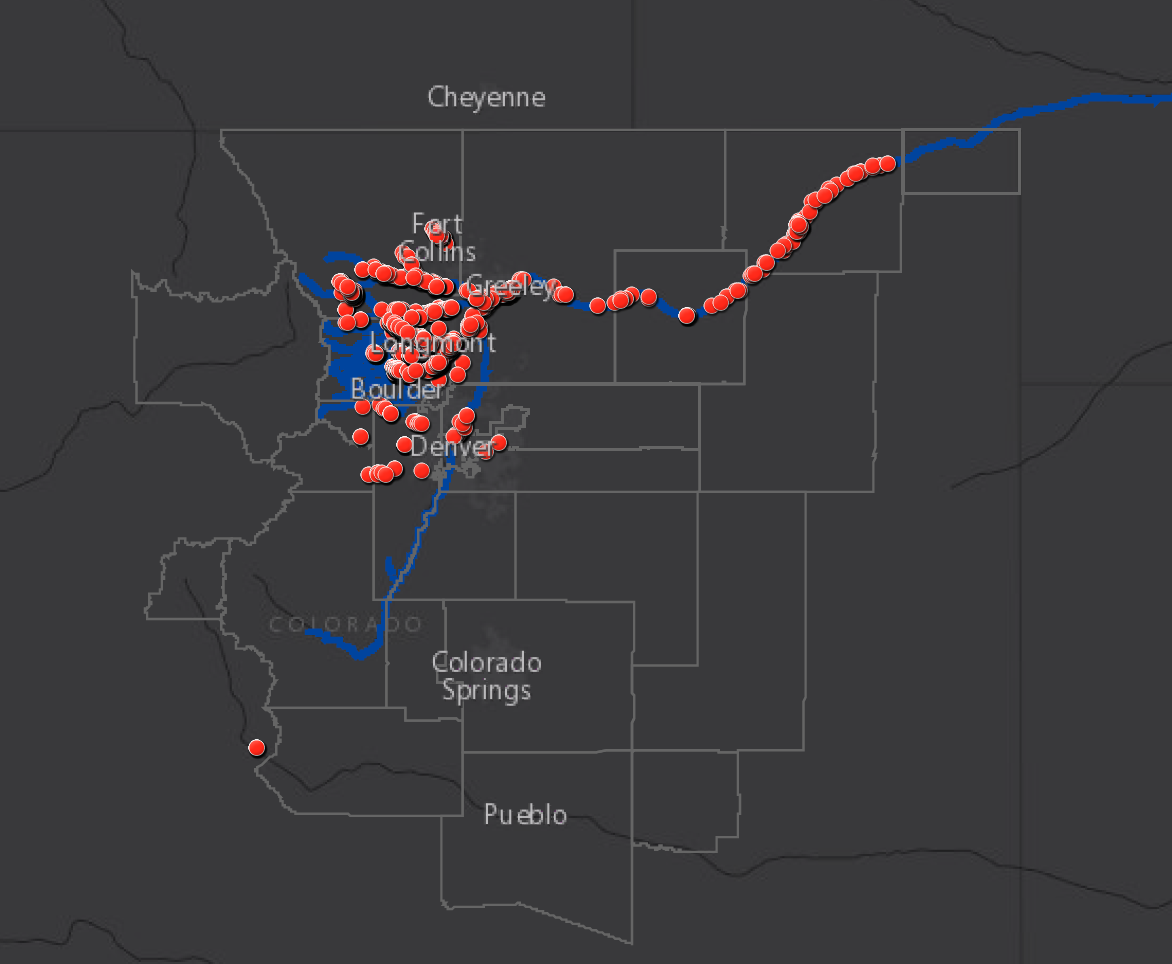
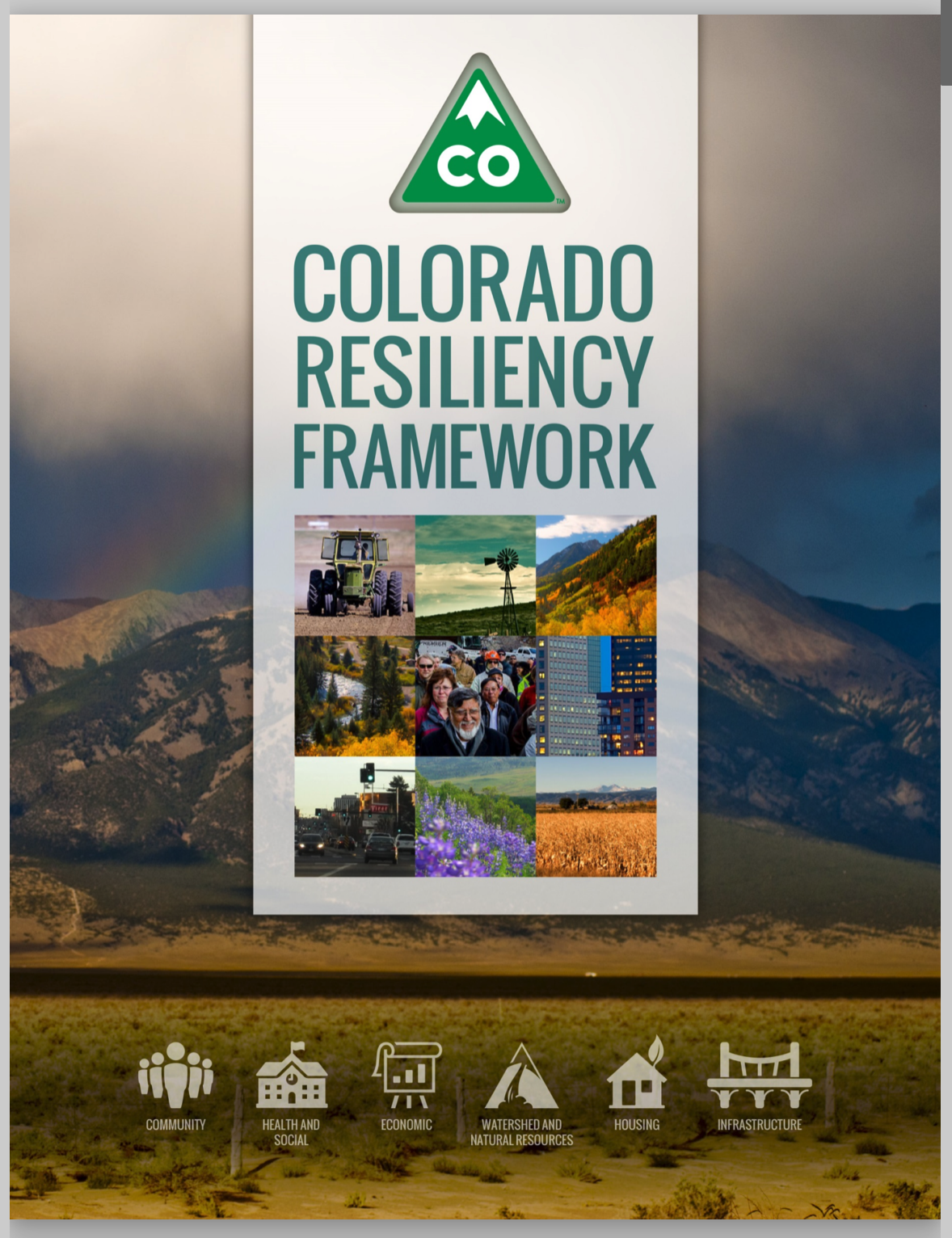
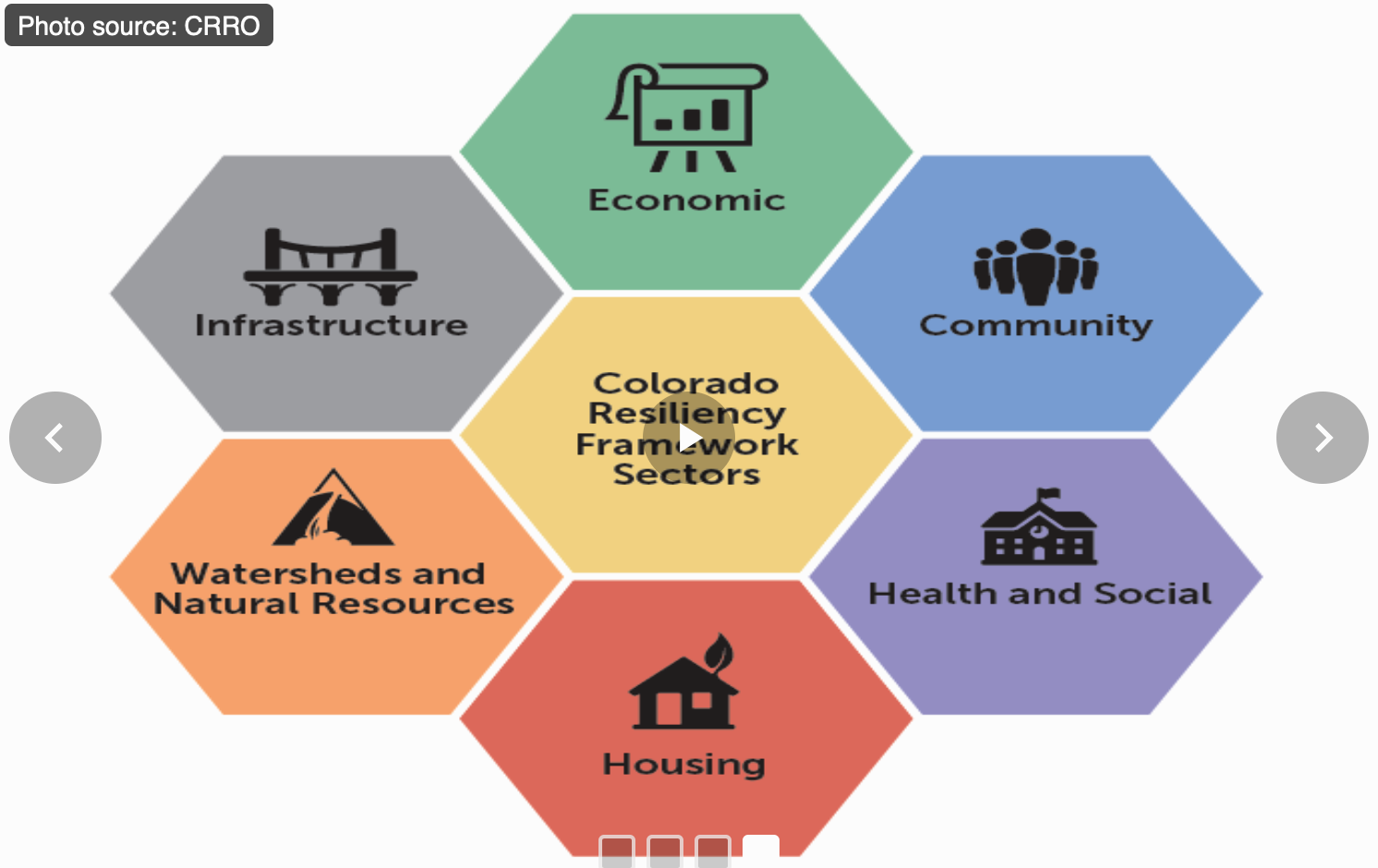

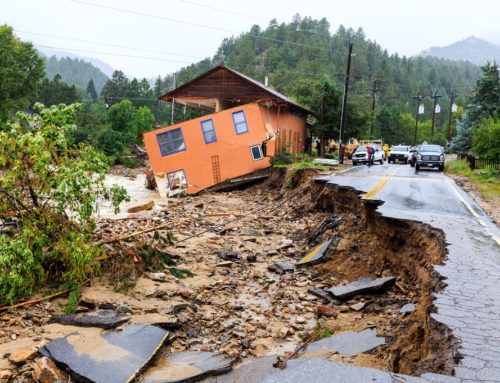
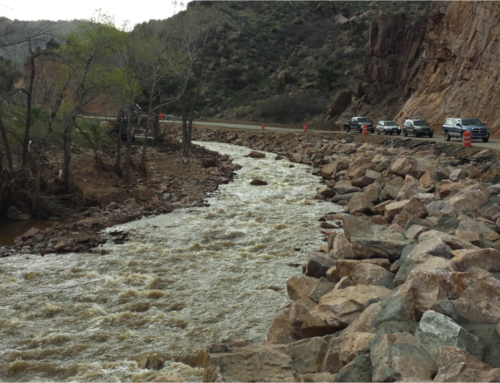
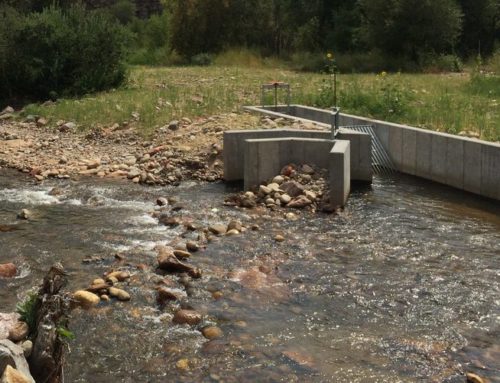

Leave A Comment
You must be logged in to post a comment.